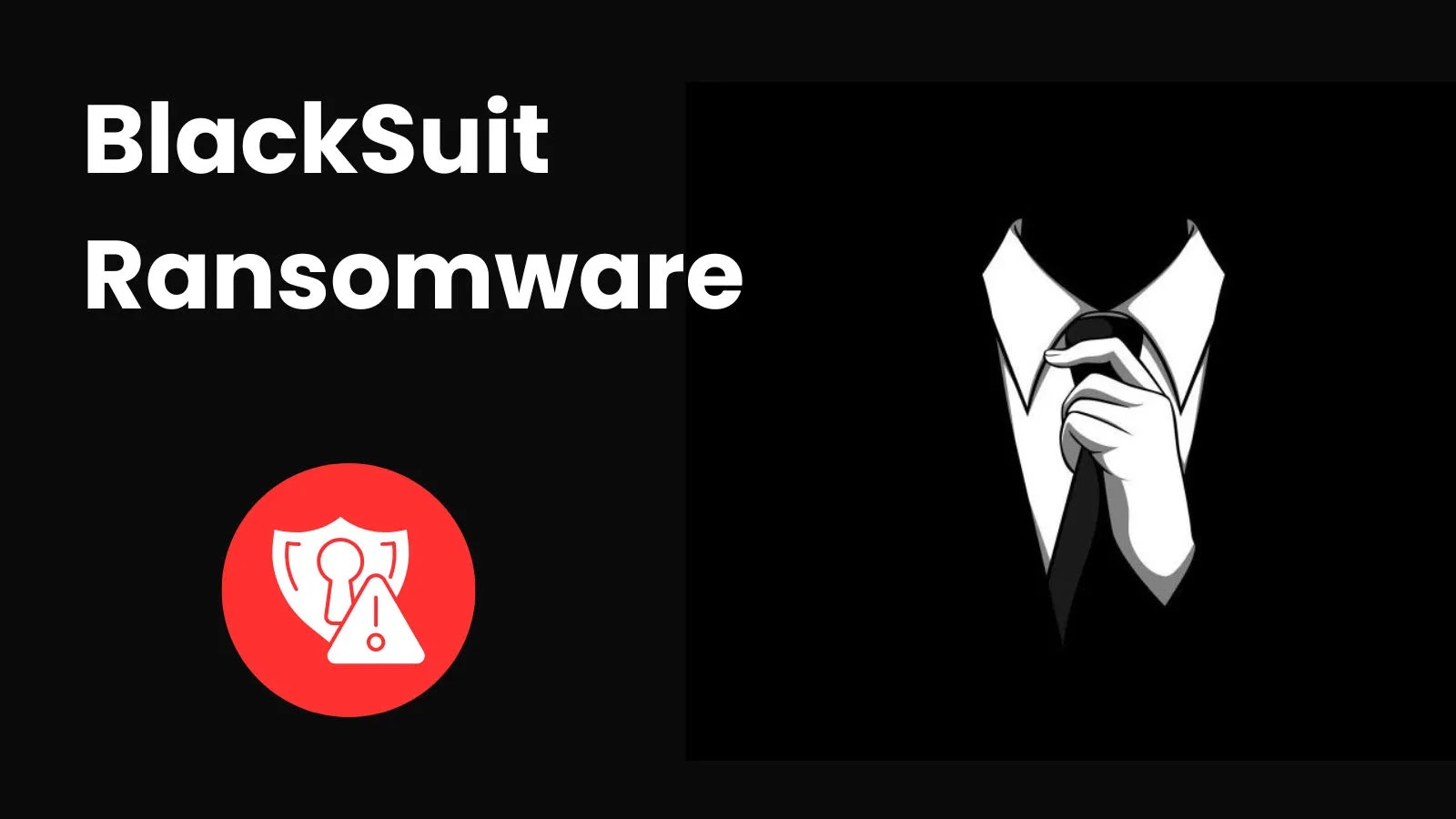
BlackSuit Ransomware Actors Breached Corporate Environment, Including 60+ VMware ESXi Hosts
The digital landscape is a constant battleground, and the front lines are often drawn around an organization’s most critical assets. A recent incident involving the BlackSuit ransomware group, also tracked as Ignoble Scorpius, serves as a stark reminder of this reality. A prominent manufacturing firm fell victim to a sophisticated attack, which began with compromised VPN credentials and rapidly escalated to the encryption of over 60 VMware ESXi hosts. This wasn’t merely a disruption; it was a potential operational catastrophe, highlighting the extreme risk posed by modern ransomware operations.
BlackSuit Ransomware: A Deeper Look at Ignoble Scorpius’s Tactics
The BlackSuit ransomware group, known for its destructive capabilities, unleashed a multi-faceted assault on the manufacturing firm. Their modus operandi, as detailed in a Unit 42 report from Palo Alto Networks, demonstrates a clear evolution in ransomware tactics. The initial compromise, originating from simple but effective VPN credential theft, underscores the persistent threat of weak authentication and credential stuffing attacks. Once inside the network perimeter, BlackSuit operators exhibited a high degree of technical proficiency, moving laterally to identify and encrypt virtualized infrastructure, specifically VMware ESXi hosts.
- Initial Access: Compromised VPN credentials provided the initial foothold. This is a common attack vector that often bypasses traditional perimeter defenses.
- Lateral Movement: Post-compromise, the attackers meticulously navigated the network, likely using tools and techniques to escalate privileges and discover critical systems.
- Targeting VMware ESXi: The focus on ESXi hosts is particularly damaging. Encrypting these hypervisors can cripple an organization’s entire virtualized environment, impacting dozens or even hundreds of virtual machines simultaneously.
- Data Exfiltration: Beyond encryption for ransom, the incident also involved data theft, adding a layer of extortion to the attack. This “double extortion” tactic is increasingly prevalent, amplifying the potential damage and pressure on victims.
The Anatomy of an ESXi Ransomware Attack
VMware ESXi, as a foundational component of many enterprise data centers, presents a lucrative target for ransomware groups. An attack on ESXi hosts can bring business operations to a standstill, making recovery extremely complex and resource-intensive. BlackSuit’s success in compromising over 60 ESXi hosts within a single organization illustrates the severe impact such an attack can have.
The encryption of ESXi hosts means not only that the virtual machines themselves become inaccessible, but also the underlying infrastructure managing those VMs. This can lead to:
- Complete data center outage.
- Loss of critical business applications.
- Extended recovery timelines.
- Significant financial losses due to downtime and recovery costs.
Remediation Actions and Proactive Defenses
Organizations must adopt a comprehensive security posture to defend against sophisticated threats like BlackSuit ransomware. Proactive measures are paramount to prevent initial compromise and limit the impact of an attack if one occurs.
Protecting Against Initial Access
- Multi-Factor Authentication (MFA): Implement MFA for all remote access services, especially VPNs. This significantly reduces the risk associated with compromised credentials.
- Strong Password Policies: Enforce strong, unique passwords across the organization. Regularly audit and eliminate default or weak credentials.
- Vulnerability Management: Continuously scan for and patch vulnerabilities in edge devices, VPN gateways, and other internet-facing systems. Keep abreast of new CVEs like CVE-2022-22954 (Spring4Shell) or CVE-2021-44228 (Log4Shell) that can be exploited for initial access.
Securing VMware ESXi Environments
- Regular Patching: Apply all security patches and updates for VMware ESXi and vCenter Server promptly.
- Network Segmentation: Isolate ESXi management networks from other corporate networks to prevent lateral movement. Implement strict firewall rules.
- Principle of Least Privilege: Limit access to ESXi hosts and vCenter to only authorized personnel with the minimum necessary privileges.
- Endpoint Detection and Response (EDR) on ESXi: Consider EDR solutions specifically designed for hypervisors where available, or ensure robust logging and monitoring.
- Immutable Backups: Implement air-gapped or immutable backups of all critical data and virtual machines. This is the last line of defense against encryption.
- Activity Monitoring: Monitor ESXi logs and configuration changes for anomalous activity. Look for unusual access attempts, changes to virtual machine settings, or signs of unauthorized processes.
Tools for Detection and Mitigation
Leveraging the right security tools is crucial for both preventing and responding to ransomware attacks.
| Tool Name | Purpose | Link |
|---|---|---|
| VMware vCenter Server | Centralized management, monitoring, and patching of ESXi hosts. | https://www.vmware.com/products/vcenter-server.html |
| Palo Alto Networks Cortex XDR | Advanced endpoint protection, EDR, and network threat detection. | https://www.paloaltonetworks.com/network-security/cortex/cortex-xdr |
| Veeam Backup & Replication | Comprehensive backup, recovery, and data protection for virtual environments. | https://www.veeam.com/ |
| Tenable Nessus | Vulnerability scanning and assessment to identify weaknesses in infrastructure. | https://www.tenable.com/products/nessus |
| Microsoft Defender for Endpoint | Endpoint detection and response for Windows and Linux servers. | https://www.microsoft.com/en-us/security/business/microsoft-365-defender/endpoint-defender |
Key Takeaways for Enterprise Security
The BlackSuit ransomware attack against a major manufacturer underscores several critical lessons for enterprise cybersecurity teams. First, the threat of compromised credentials remains a primary entry point for sophisticated attacks. Implementing robust MFA and strict access controls is non-negotiable. Second, critical infrastructure like VMware ESXi hosts represents a high-value target; their protection must be prioritized with strong network segmentation, regular patching, and continuous monitoring. Finally, robust, immutable backup strategies are not merely a recommendation but a necessity for business continuity in the face of ransomware. Organizations must assume breach and build resilience into every layer of their security architecture.





